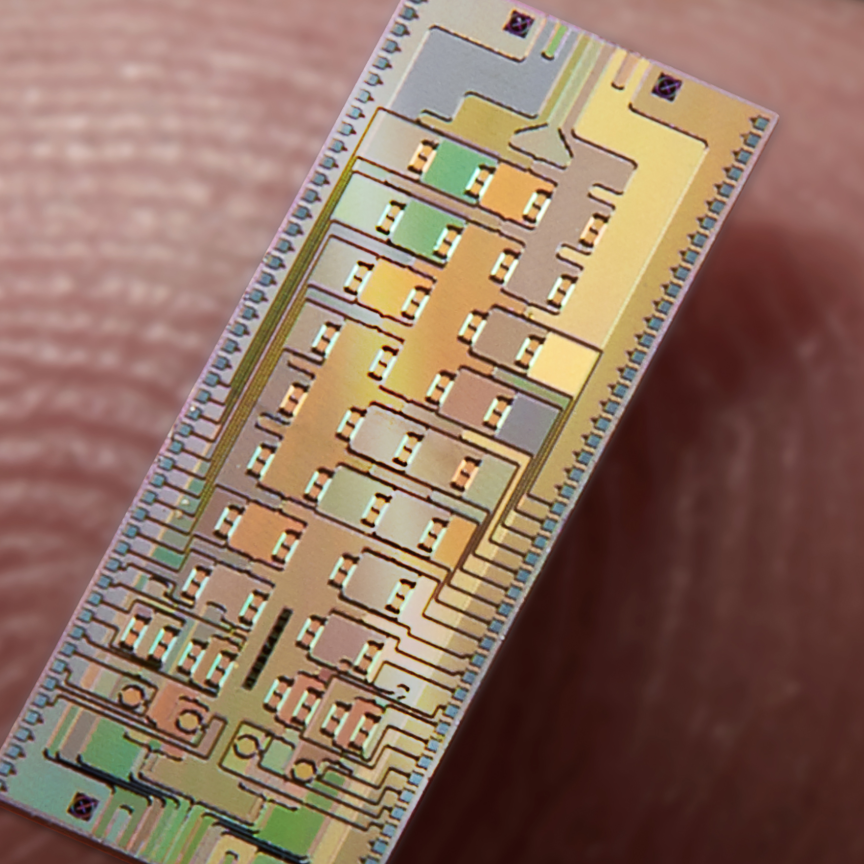Andreas Ettemeyer, NTB Interstate University of Applied Sciences, Buchs, and member of the EOS board, expresses concerns about discussions to merge photonics with microelectronics within European Union funding
Switzerland has been at the top of international innovation rankings for years. The photonics industry in Switzerland, in particular, is in a good position, generating five per cent of Europe’s and one per cent of the world market, which is significantly more than could be expected from the size and economic position of the country. However, new, disruptive technologies and new production opportunities require investment in technology and processes, and demand concerted action. The Swiss photonics community has published a white paper on photonics in Switzerland.
Led by Swissmem – the Swiss association of mechanical and electrical engineering industries – a consortium of representatives from the industry wrote the white paper detailing the situation and need for photonics industries in Switzerland.
A section from the paper’s executive summary (original in German and French) reads:
‘The rapidly developing markets require significantly faster, more powerful, miniaturised and low-consumption systems and components. Current electronic technologies can no longer achieve this by themselves. With photonics, completely new technologies and technology combinations are available that enable entry into lucrative growth markets. Photonics is a cross-sectional technology and a fundamental driver of technologies, processes, applications and business models. Worldwide, photonics is recognised as a key technology of the 21st century. Together with existing local strengths, the Swiss photonics industry can maintain a strong position in global markets. This is especially true for highly integrated microsystems including photonic and other functions, such as sensors, lasers, data science and many others. However, this requires appropriate support and promotion.
Some relevant characteristics of photonic technologies:
• They offer numerous applications, and thus enable significant cross-sectional technologies (image processing and measurement technology, medical technology, life sciences, optical components and systems, communication techniques, light sources, photovoltaics, production technology, information technology, security and defence, and displays);
• They show an annual growth rate of six to eight per cent;
• Today, their significance for society is similar to electronics in the past century;
• Swiss industry and science are very well positioned in terms of research and markets; and
• Major initiatives (Industry 4.0, digitalisation) build on photonics technologies and open new fields of application.
However, if novel technologies develop rapidly and disruptively, if therefore completely new product opportunities are opening and at the same time massively influencing other areas of technology, then a broadly based, jointly implemented, national foundation programme is essential to compete in the relevant markets. The targeted and coordinated collaboration between industry and science – supported by federal funding agencies – should empower Switzerland in the lucrative field of photonic technologies to achieve powerful innovation and competitive market performance, in order to secure prosperity and high-quality jobs.’
Politicians have already reacted to this white paper and started to provide new funding opportunities for applied research, in cooperation with research institutes and industry.
The present discussions to merge the key enabling technologies of photonics with microelectronics within European Union funding would be contrary to this approach. Photonics would no longer be a specific and visible part of the European research priorities, and the Photonics Public Private Partnership (PPP) would not be renewed.
As in Switzerland, the structure of European photonics industries is mostly based on small- and medium-sized industries, which generate by far the largest revenue and employ the majority of highly skilled staff. The merger of photonics with microelectronics would inevitably lead to strengthening the large industries and weakening small industries, which cannot be in the interest of European society. Microelectronics production has moved to mass and consumer products, which are mainly made in Asia, while European strengths lie in the field of smart and complex systems, requiring systemic knowhow and a holistic approach. These are the core strengths of Europe and we strongly urge Europe to focus on such aspects.
In a letter to the Commissioner for the Digital Economy and Society in Europe, the European Optical Society (EOS) has confirmed this view and expressed its utmost concern about such plans. Let us stand up to confirm our position and maintain the strengths of European photonics.


